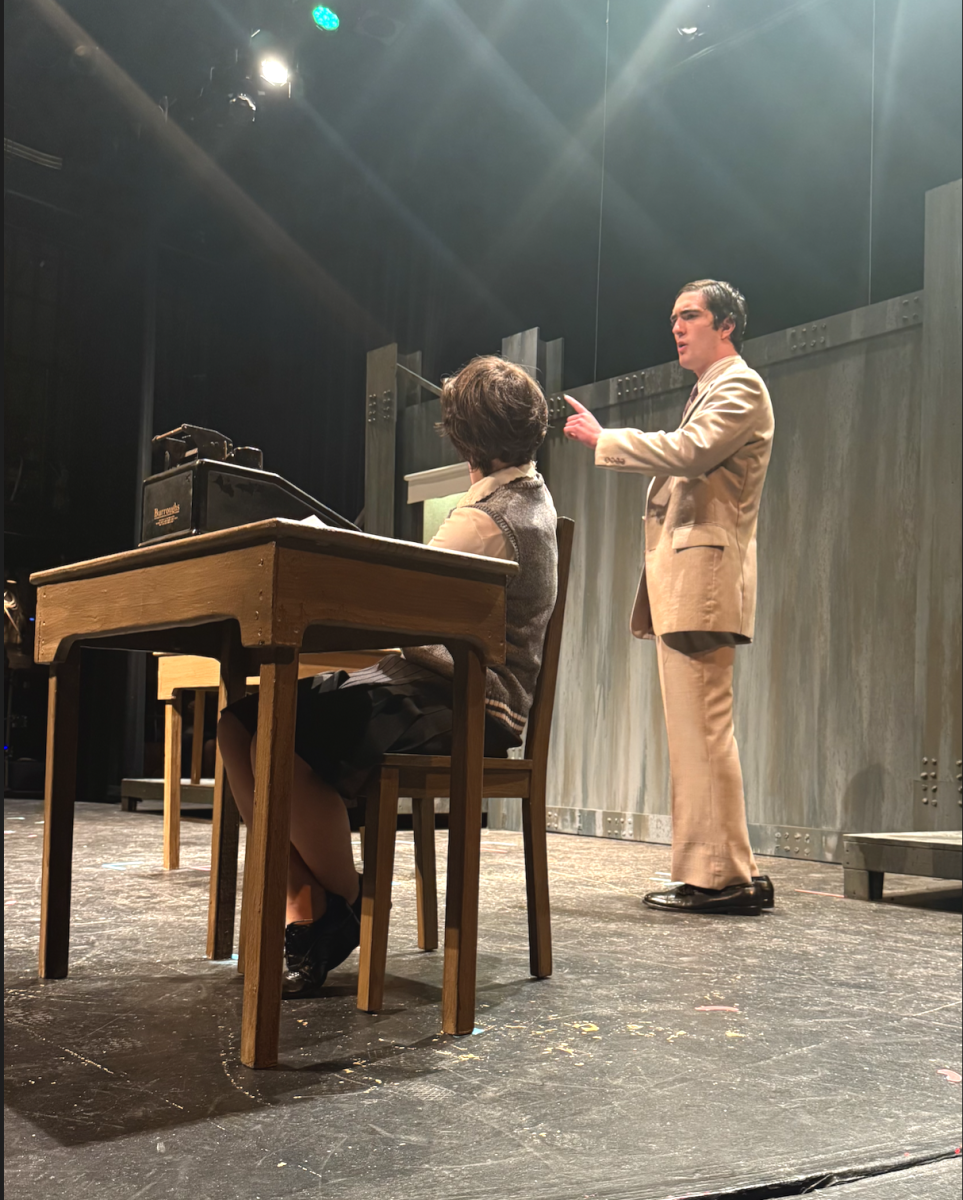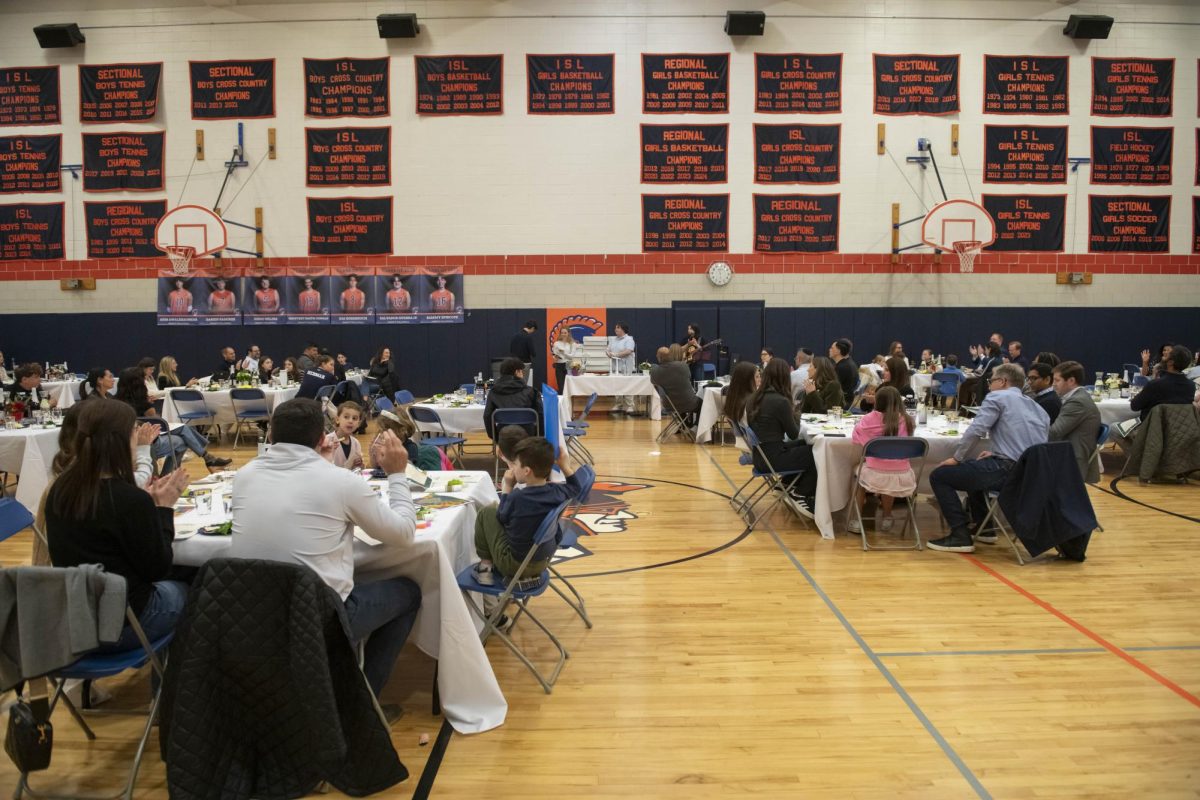by Robert Igbokwe
WINNER of the 2018-19 Latin Forum Prize for Best News or Feature Story focused on Latin School.
Non-binary genders, as defined by the Trans Student Educational Resources organization (TSER), is an umbrella term for all genders other than female/male or woman/man. In recent years, more and more non-binary people have come out of the closet and—around the world—efforts have been made to promote the recognition and acceptance of their gender nonconformity. But, arguably, the most important place to promote inclusivity is in the classroom. As Latin’s diversity initiatives grow, so has its commitment to making sure that all students, including non-binary individuals, feel safe.
Many of the administration’s actions in the past few years have been devoted to doing just that. Upper school art teacher Betty Lark Ross said, “There are several things that show that we are striving to be inclusive. We have the Gender and Sexual Minority affinity group which takes a step forward from many Gay-Straight Alliances by including Trans and Queer identities. I think the fact we even have the level of visibility and support is a positive thing. I also think that Latin’s anti-bias curriculum encourages students to feel comforting expressing themselves and respecting other people.”
Upper school English Teacher and Associate Dean, Suzanne Callis, elaborated, “We have established a Gender Support Team that is working on developing Gender Support Policies for Latin JK-12, as well as for Faculty/Staff and guests,” she said. “We have also been more purposeful about making sure we are including GNC and non-binary voices when we bring in speakers. This past MLK day we welcomed many individuals who shared their stories, experiences, and triumphs with us. Lastly, we have made some resources available to faculty/staff that discuss pronoun usage and why such a small word isn’t actually a small deal, but rather a really big one.”
Freshman, Kazi Stanton agreed that the school and its faculty try their best to make them feel not only safe but welcomed. “I really appreciate the fact that my teachers ask for my pronouns before writing grade reports and using them in class,” she said. “The school actually does a really good job of respecting non-binary genders.”
While Kazi shared Ms. Ross’s sentiments that the school encourages an inclusive environment for non-binary students, they also noted areas in which the school may consider changes. “The bathroom situation really needs some work,” Kazi said. “Though there are gender neutral bathrooms, they are only on the first and second floor and I have no time to use them so I end having to choose the bathrooms I don’t feel comfortable in. The locker rooms need work as well. If there was a non-binary locker room I would use it way more often than I actually use the boy’s locker room (which I don’t), even if the non-binary locker room only was somewhat smaller than the other locker rooms.”
According to TSER, simple yet intimate decisions such as choosing which restrooms or locker room to use are often among the most stressful choices non-binary people have to make. While the school’s inclusion of non-binary restrooms is a significant step towards making this decision less difficult, it was not an easy process, and some students still struggle to feel comfortable in a restroom. One of the hardest struggles the school faces when making decisions to promote inclusion is finding a way to do so while avoiding backlash.
“With diversity work, there’s a continuum. And sometimes people are further on the continuum than others,” explained Ross. “And sometimes it’s challenging to think that everyone is going to get to your level on the continuum immediately. It takes time to raise awareness and build empathy while ensuring that there is still a safe and supportive environment for LGBTQ+ students.”
Ms. Ross and Kazi agree that, regardless of the challenges the administration may face, the school must continue promoting inclusion at Latin for all its students. “You can’t push somebody out of the closet. We have to constantly be educating our students in order to create an environment in which people know that when they come out, they will be accepted and respected,” Ross said. “When you walk in here and you see the rainbow bulletin board with a picture of RuPaul on it or a rainbow sticker with the words ‘Latin Is A Safe School’ on it, that’s a pretty strong message. It tells you that this is a place where you can bring your full self.”
Ms. Callis agreed. “Students learn best when they feel heard, valued, and physically safe in school. As a school, we should strive to allow every student to feel this way, which means we need to recognize our blind spots.”
Sources
















































